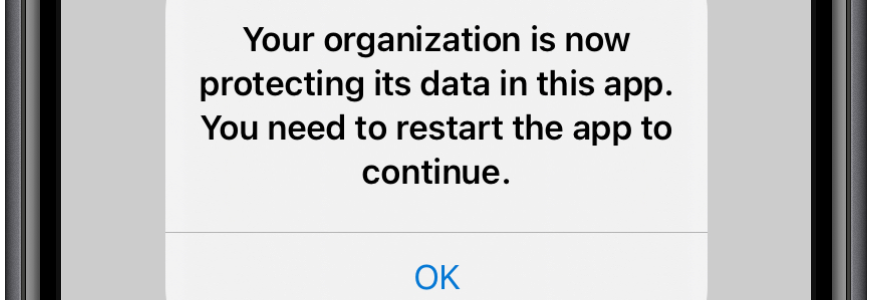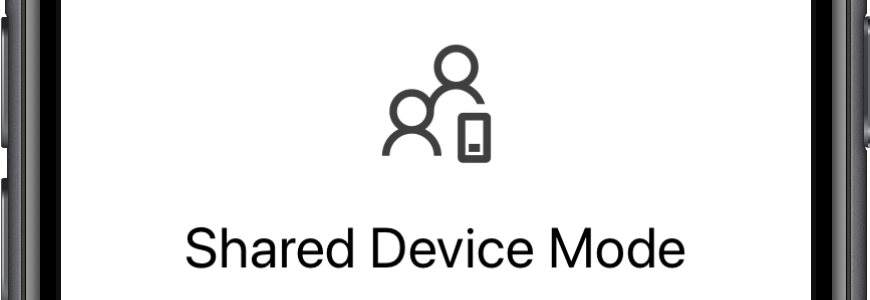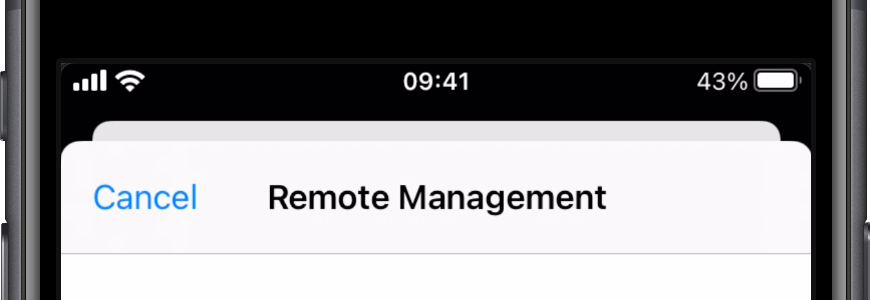Retiring non-compliant devices with Azure Logic Apps and Adaptive Cards for Teams
This week is another follow-up on the first few weeks of this year. Those weeks the focus was on monitoring the status of the different connectors, certificates, tokens and deployments, while this week the focus is on more than just monitoring. This week will be about non-compliant devices marked to retire. That means querying information and actually performing an action. When looking at device compliance policies, the IT administrator can configure the actions for non-compliance. One of those actions is to configure Retire the noncompliant device. That action, however, won’t actually retire the device and will only add the device to the Retire Noncompliant Devices view. Once added to that view, there is still a manual action required by the IT administrator to actually retire …









